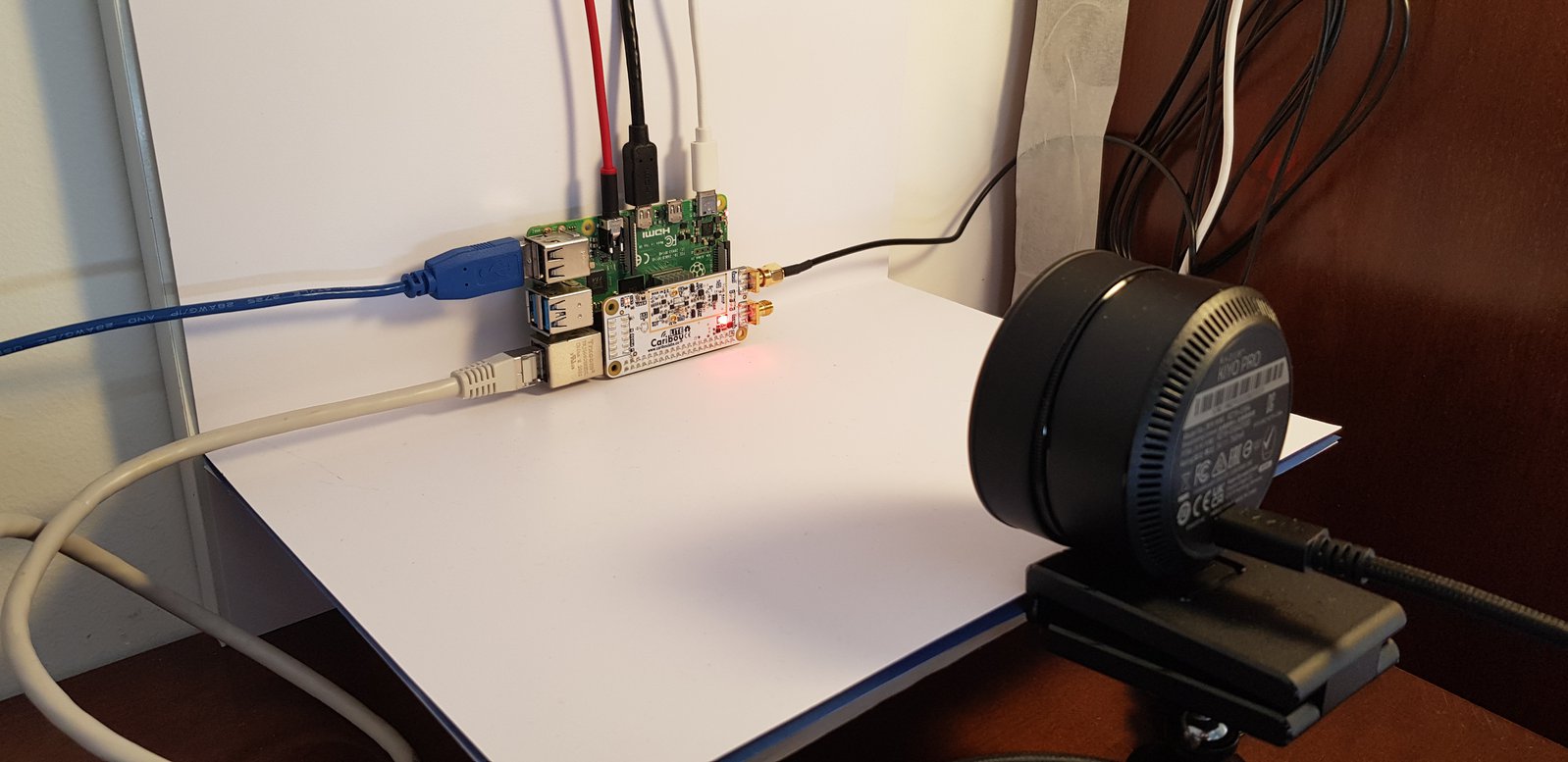Project update 2 of 9
Progress, Tutorials, Questions & Answers
by David MHello, Makers!
Thank you, backers, contributors, sharers and community leaders for your warm acceptance of CaribouLite. That is literally the highest reward a maker could expect. As of today (Dec. 1), we have achieved nearly 40% of our goal to make CaribouLite available to you, and there is still a long way to go.
With edge-side SDR, cost-effective software defined radio small and powerful enough to power edge-devices, a new paradigm is here. It is opening new possibilities for self-contained, cognitive-IoT devices. And this is exciting! Watch our Edge-SDR talk on SI-SDR-UG
We’ll be providing weekly updates for you to track our progress, learn new cool features, and get familiar with CaribouLite.
Tutorials
We have launched a YouTube channel for you to get familiar with CaribouLite and its features. The channel contains tutorials and demonstrations, some of which come from community requests and questions.
The idea is to build an accessible, comprehensive, and well-structured video course on CaribouLite which will augment the written material. Titles so far include:
- Introduction: Introducing CaribouLite, an open-source SDR for Raspberry Pi.
- Main Components and Revisions: General information on the CaribouLite SDR RPi HAT, including stacking on RaspberryPi, main components and optional parts, LED indicators and switch, and revision details.
- Operation and Integration in Linux: An intro video describing how the CaribouLite board is integrated into Raspbian, and the board’s identification, unique ID, and Linux modules.
- A basic signal reception demo: Working with SDR++ and SoapySDR API to receive FM radio signals.
- Raspberry Pi Zero-2W Basic Demo: Working with SDR++ and SoapySDR API to receive FM radio signals - on a RPI Zero2W.
Many more tutorials will follow, of course, so if you have any specific requests, please let us know and we will add it to our list.
and, one more thing… as makers, we just couldn’t resist sharing a picture of our home photo studio:
Weekly Q&As
During the last few days, we’ve gotten many questions from backers and we’d like to share a few of them with you (anonymously, of course):
Q: Will the external reference clock connector be mounted on the production CaribouLite?
A: Yes
Q: Which reference frequency can we use with the external reference clock?
A: We currently use a 32 MHz reference frequency sourced from the modem. The mixer IC (RFFC5072) datasheet states that 10-104MHz input clocks are good, but some adjustments to the code are needed (we #defined the ref. freq. in our code) so these changes are on us and they are in our task list. The reference clock frequency will be added as a configuration to CaribouLite and will be configurable through the API and Python.
Q: Any plans for compatibility with 64-bit Linux on RPI?
A: YES! we are experimenting and recompiling the needed drivers to have CaribouLite fully functional on 64-Bit OS and, while it’s not a walk in a park, it is beneficial. Today the only officially recommended OS for RPI is 32-bit and it works great with CaribouLite, but we want more than that! RPI3,4,02W are all 64-bit and we’d like to make the best use of them. We’d like also to direct you to DragonOS @cemaxecuter which pursues the same path.
Q: Since CaribouLite is so portable, does it come with internal Antennas?
A Antennas are not included on the board (there are no patch / PCB antennas), so all RF input/output is done through the SMA connectors. To avoid any misunderstanding on this, we just want explain why this is so. One reason is many applications require wired connections, such as in laboratory environments (e.g., spectrum probing, signal generation, etc.). In addition, it is virtually impossible (currently) to have an internal/PCB antenna that can span over a 6 GHz band. In any case, using CaribouLite with an aerial should be always be done in compliance with regional regulations and their directives.
We’d love to answer more of your questions, so, bring them on.
Signing Off
That’s all for now. Many thanks to our backers and followers. We’ve got more updates to come in the following weeks, so stay tuned.
